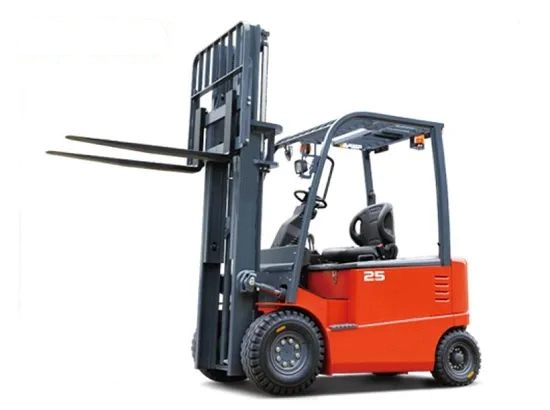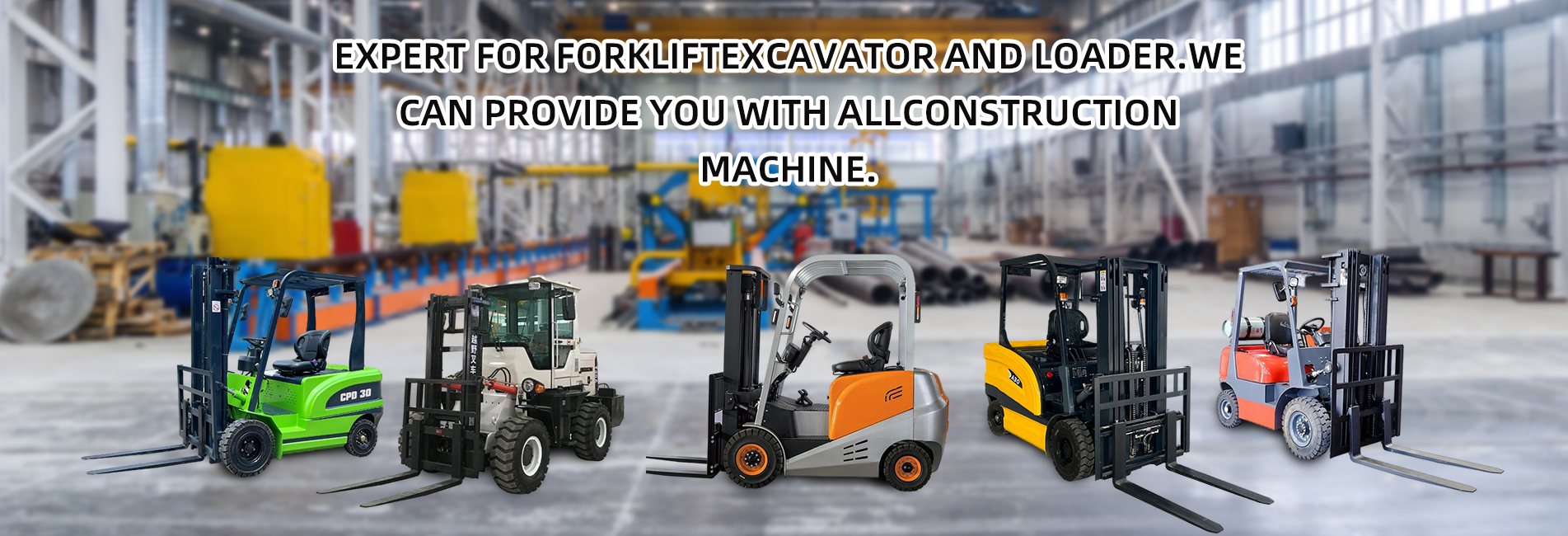When choosing a 2-ton forklift, it is necessary to comprehensively consider various factors such as the usage scenario, operational requirements, etc. The following are specific selection suggestions:

I. Determine the power type: Fuel-powered forklift vs. Electric forklift
The power type of a 2-ton forklift is the primary choice, and the applicable scenarios of the two are significantly different, which needs to be judged according to the working environment and requirements:
The power type of a 2-ton forklift is the primary choice, and the applicable scenarios of the two are significantly different, which needs to be judged according to the working environment and requirements:
Situations where fuel-powered forklifts (diesel/gasoline/LPG) are preferred:
- The workplace is outdoors (such as ports, construction sites) or large workshops with good ventilation, and requires long-term continuous operation (more than 8 hours a day). The fuel forklift battery life does not require charging, and can quickly resume work by refueling.
- The working environment is harsh (high temperature, low temperature, dusty, humid). Fuel engines have stronger adaptability to the environment and are not easily affected by dust and moisture in terms of performance.
- There are high-intensity operation requirements such as climbing slopes and starting with heavy loads. Fuel engines have stronger torque and power output, which are suitable for complex working conditions.
Situations where electric forklifts are preferred:
- The working site is a closed warehouse or indoor workshop, and there are strict requirements on noise and exhaust emissions (such as the food and pharmaceutical industries). Electric forklifts have zero emissions and low noise, which are more in line with environmental protection standards.
- The operation intensity is moderate (within 5-6 hours a day), and there are convenient charging facilities on the site. The maintenance cost (electricity fee, maintenance) of electric forklifts is lower in the long run.
- Emphasis is placed on operational comfort. Electric forklifts start smoothly and are easier to operate, making them suitable for frequent start-stop and precise stacking operations.
II. Clarify the core operational requirements
Refine parameter requirements according to specific working scenarios to avoid excessive or insufficient functions:
Refine parameter requirements according to specific working scenarios to avoid excessive or insufficient functions:
Working space:
- If working in narrow passages (such as small warehouses), attention should be paid to the minimum turning radius (the smaller, the more flexible). The turning radius of 2-ton forklifts is usually about 2-2.5 meters, and priority should be given to models close to the lower limit.
- If it is necessary to stack high-rise goods, the maximum lifting height (such as 3 meters, 4.5 meters, 6 meters) should be clarified to ensure that it meets the requirements of the shelf height. At the same time, attention should be paid to the stability during high lifting (you can pay attention to the wheelbase and counterweight design).
Operation intensity:
- For high-frequency operations (such as logistics sorting centers), attention should be paid to the lifting/lowering speed (the recommended full-load lifting speed is ≥400mm/s) and driving speed to reduce the single operation time.
- If slope operations are involved, it is necessary to confirm the climbing capacity of the forklift (usually expressed as a slope percentage, such as 20% means a rise of 20 meters per 100 meters). Fuel-powered forklifts have a more obvious advantage in climbing.
Cargo characteristics:
- If handling palletized goods, the standard forks are sufficient; if handling special-shaped goods (such as barrels, long strips), it is necessary to install optional attachments (such as side shifters, clamps, rotators) to ensure the stability of the goods.
- If the goods have explosion-proof requirements (such as in the chemical industry), explosion-proof forklifts (electric or specially modified fuel-powered vehicles) should be selected to avoid dangers caused by electric sparks or high temperatures.
Summary:
If the operation is mainly carried out outdoors, with high intensity and in harsh environments, a 2-ton fuel-powered forklift is a more practical choice; if it is an indoor environmental protection scenario with medium and low-intensity operations, an electric forklift is more economical in the long run.
If the operation is mainly carried out outdoors, with high intensity and in harsh environments, a 2-ton fuel-powered forklift is a more practical choice; if it is an indoor environmental protection scenario with medium and low-intensity operations, an electric forklift is more economical in the long run.


